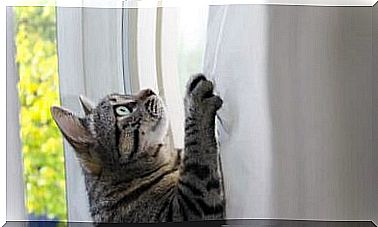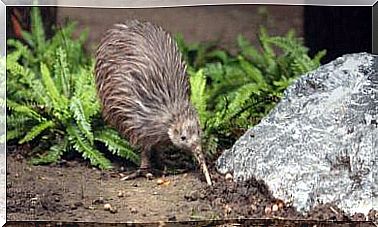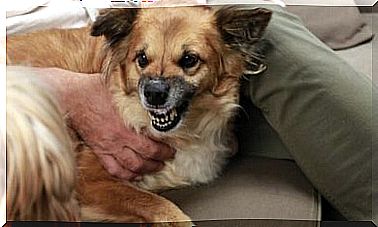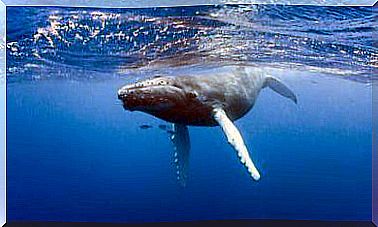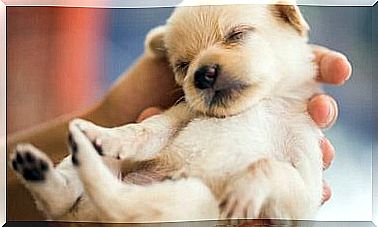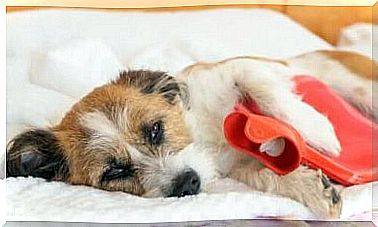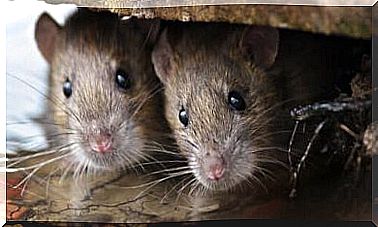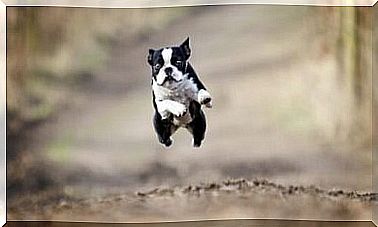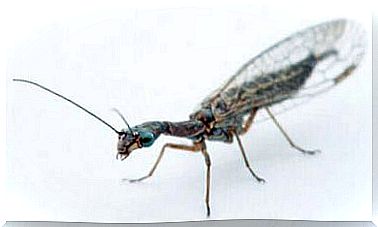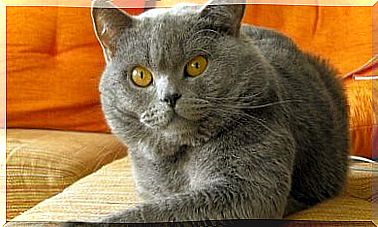Deer Pack: Nutrition And Habitat
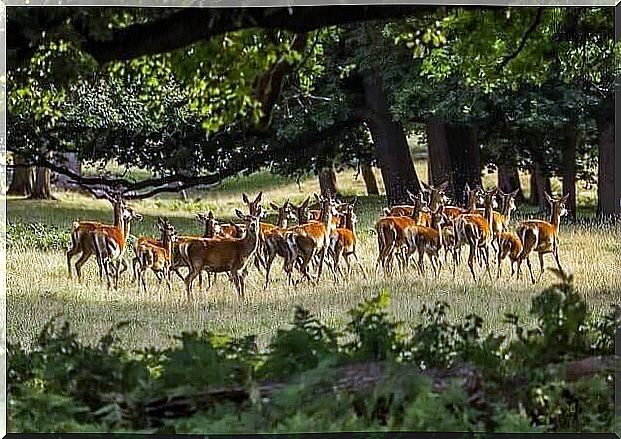
There are animals that spend their lives alone and only approach other of their species during courtship and mating seasons. Others, however, enter into lifelong partnerships and other animals live in large groups that move from one place to the next together. Deer packs are one of the latter.
Deer and roe deer belong to the Cervidae family . There are many different species in this family: the largest of them is the moose, weighing 450 kilos. The dwarf deer, which weighs just 10 kilos, is the smallest species.
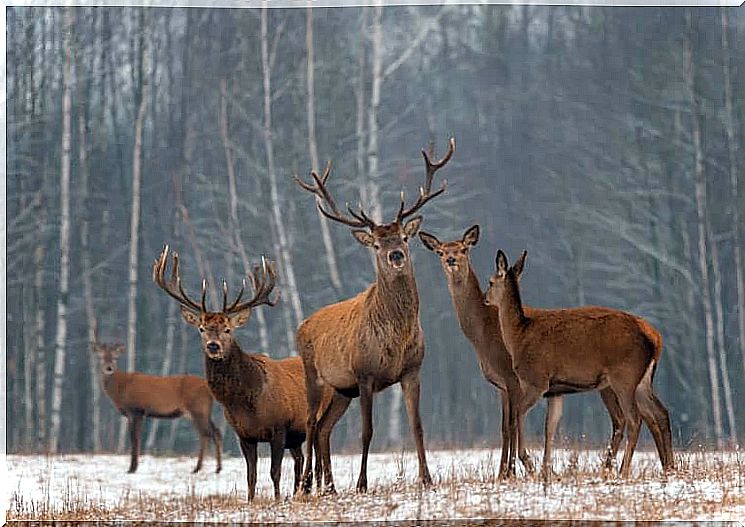
Generally speaking, the Cervidae are large, ruminating mammals, but they are stockier than horses. Their legs are thin, their hooves are split, they have long necks, antlers, and there are various adaptations depending on the species and climatic zone they are in.
Where do large packs of deer live?
Cervidae can be found in different areas of the world: in Europe, Asia, America, North Africa and in some arctic zones. In Australia and New Zealand they were introduced by humans.
Due to their widespread distribution, various packs of deer can be found in very different ecosystems. They include grasslands, steppes, forests, tundra, tropical rainforests, and mountain forests.
The area that deer packs call their habitat is very extensive: it can be more than 40 kilometers. There you can find the animals in groups, packs or alone.
Cervidae like the caribou make long journeys every year in search of food. They travel thousands of kilometers through the tundra and warmer areas.
How do large packs of deer live_
The male deer are most often found alone and separated from each other. These are territory-related beings and each individual animal defends its territory. The females can be seen in groups or with their young.
The males demarcate their territory by spreading pheromones, by stamping them hard or rubbing their heads on trees so that they take on their scent. The glands that release the pheromones are located in the hooves and head.
During the mating season, males fight among themselves for a harem of females, but this behavior is different in different species of Cervidae.
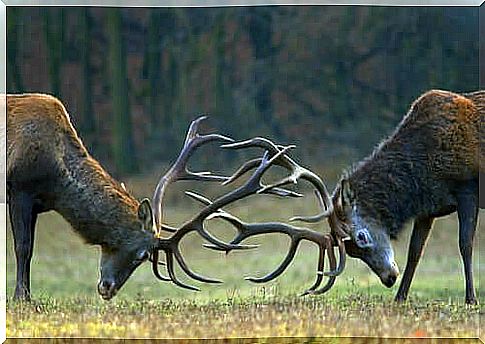
This fight is highly ritualized in order to avoid the injuries that real aggression of the antlers would bring. The movements follow a guideline and are different from each other. The goal is to show the attributes of the individual in order to intimidate the opponent. This is also called agonistic behavior.
What do deer feed on?
Deer are herbivores, their diet consists basically of wooden plants and grasses. Grasses are usually more abundant in the springtime, while the importance of woody plants increases in autumn and winter.
Pine and almost all coniferous trees are their main food in Europe. The sprouts from leguminous shrubs and grasses are also preferred forage for the species.
Depending on the region in which the animals reside, the proportion of grasses and woody plants can vary. They also eat lichens, leaves and stems and use their hooves to scrape the ground in search of roots and tubers.
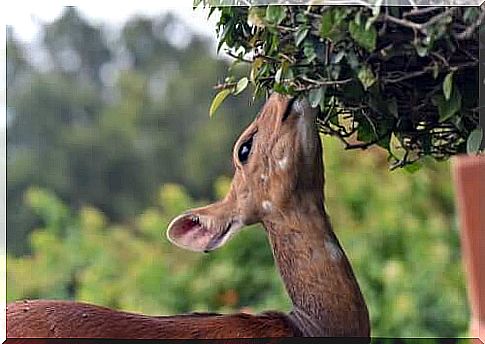
Depending on the season, they also do not disdain wild fruits, acorns and mushrooms. Often they have also been caught breaking into nearby fields. This can sometimes be a problem as agriculture invades its natural habitat.
As we mentioned at the beginning, deer are ruminants. This means that they regurgitate food and digest it twice. This enables them to absorb all the nutrients that would otherwise not be available to them.
The digestive tract of deer, like that of all ruminants, is divided into four parts ( rumen, reticulum, leaf stomach and abomasum ). The rumen contains microorganisms that are able to digest plant cellulose and produce products that the organism can use as a source of energy.
